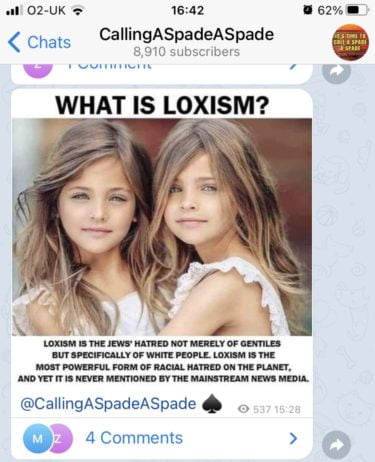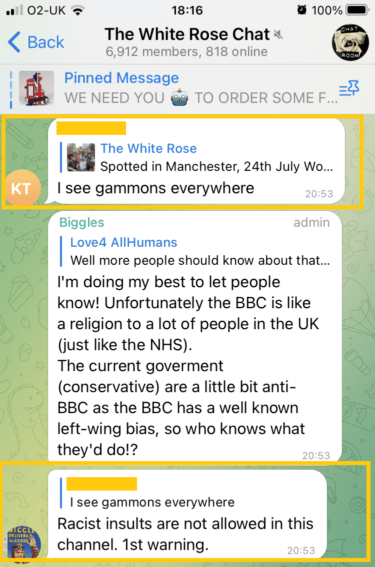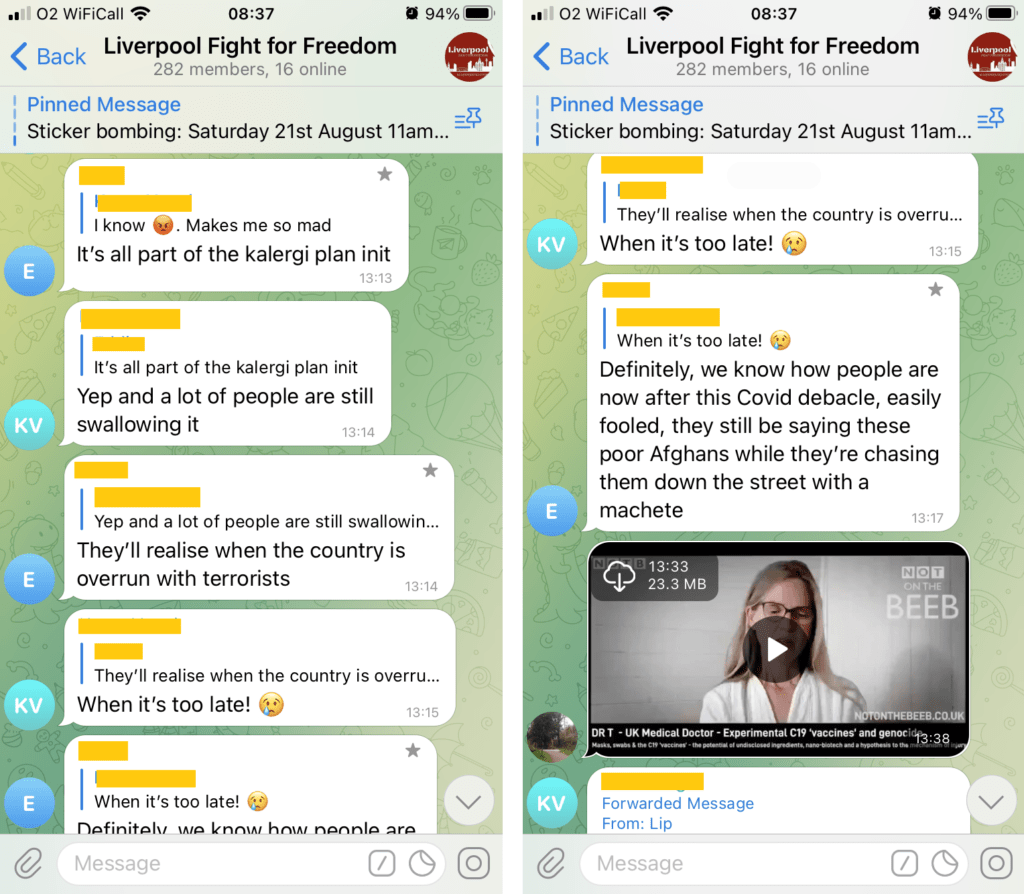I wrote an article for The Skeptic last December in which I discussed my reasons for changing my mind on a number of issues relating to belief in the paranormal. As I argued at the time, an important part of proper scepticism is, in my view, to always be willing to change your mind on an issue in light of new evidence. At the end of that piece, I stated that I intended in a future article to present my reasons for adopting a position on the scientific status of parapsychology that I suspected would be very much a minority view amongst sceptics.
As some readers will know, I used to believe in many paranormal phenomena. When I first became a sceptic, around four decades ago, I accepted the view of most sceptics that parapsychology was nothing more than a pseudoscience. Indeed, I promoted such a view in my lectures for many years from the mid-1990s onwards. Then I changed my mind. I will here summarise my reasons for doing so.
I have presented these arguments before so if you were one of the attendees at the Centre for Inquiry UK’s one-day conference on pseudoscience at Conway Hall, London, in November 2013 (or have watched the video) or else you have already read my chapter in Allison B. Kaufman and James Kaufman’s excellent edited volume Pseudoscience: The Conspiracy Against Science (Cambridge, MA: MIT Press, 2018) or the relevant chapter in my textbook Anomalistic Psychology (co-authored with Anna Stone), you may want to go and have a cup of tea and a biscuit instead of reading the rest of this article. If, however, you are amongst the vanishingly small proportion of readers who have not heard this stuff before, you may find that my arguments at least provide some food for thought.
Before we can assess the scientific status of any discipline, we must first consider what philosophers of science refer to as the demarcation problem. What criteria must be applied in order to decide whether a discipline is a true science or not? This is a fascinating topic that has been a subject of discussion amongst philosophers of science for a very long time. A full discussion of this issue is way beyond the scope of the current article. Suffice it to say that many commentators have ultimately concluded that it is simply not possible to devise a set of strict criteria that can be applied in such a way that they correctly classify all true sciences as such and exclude each and every example of non-science, including pseudosciences.
Does that mean that there is no difference between science and pseudoscience? No, it does not. Although there is no definite dividing line between day and night, we can all agree that clear examples of each are easy to find. In the same way, we can all agree that, say, physics and chemistry are clear examples of true sciences and astrology and homeopathy are excellent examples of pseudoscience. So how are we doing this?
The best approach appears to be one that does not attempt to apply a definitive list of strict criteria but instead accepts that there are certain ‘benchmarks’ that characterise what we think of as good science. Elsewhere I have listed some of these benchmarks as including “falsifiability of hypotheses and theories, reproducibility of findings, generally accepted core knowledge, agreed upon procedures, the employment of appropriate control conditions, links with other branches of science, and so on.” For each benchmark, it is possible for a discipline to meet it fully, partially or not at all.
Disciplines may differ widely in terms of their profiles regarding the degree to which they meet these benchmarks. Whereas it is easy to categorise those disciplines scoring either very high or very low, there will inevitably be disciplines where the decision is not so clear cut. Indeed, the profiles may differ even between sub-disciplines within a discipline. Within psychology, there are certainly many sub-disciplines that I personally regard as generally meeting the benchmarks of science (such as experimental neuropsychology and cognitive psychology) but there are also numerous examples of pseudoscience (such as psychoanalytic theory, neurolinguistic programming (NLP), and so on).
A pseudoscience is a discipline that adopts some of the trappings of real science but is, on closer inspection, only a poor imitation of the real thing. Several commentators have put forward lists of characteristics of pseudoscience. In some cases, it has been argued that the characteristics should be treated as strict criteria and that if the discipline in question fails to fully meet all of the set criteria it must be condemned as a pseudoscience.
An example of this strict approach is that taken by Daisie and Michael Radner in their influential little book, Science and Unreason. In the early 1980s, the Radners listed nine “marks of pseudoscience” which, they claimed, were only ever found in “crackpot work and never in genuine scientific work”. As I listed them elsewhere, these are “anachronistic thinking, the tendency to ‘look for mysteries’, the ‘appeal to myths’, a ‘grab-bag approach to evidence’ (ignoring the actual quality of the evidence), irrefutable hypotheses, the use of the ‘argument from spurious similarity’, ‘explanation by scenario’, ‘research by exegesis’, and a refusal to revise theories in the light of criticism.”
As you might expect, I find myself more in sympathy with the late Scott O. Lilienfeld in maintaining that the distinction between science and pseudoscience is not an all-or-none phenomenon. Lilienfeld proposed that the degree to which a discipline displayed the following characteristics was indicative of the degree to which it should be considered as closer to the pseudoscientific end of the continuum:
- A tendency to invoke ad hoc hypotheses, which can be thought of as ‘escape hatches’ or loopholes, as a means of immunising claims from falsification;
- An absence of self-correction and an accompanying intellectual stagnation;
- An emphasis on confirmation rather than refutation;
- A tendency to place the burden of proof on sceptics, not proponents, of claims;
- Excessive reliance on anecdotal and testimonial evidence to substantiate claims;
- Evasion of the scrutiny afforded by peer review;
- Absence of ‘connectivity’ […], that is, a failure to build on existing scientific knowledge;
- Use of impressive-sounding jargon whose primary purpose is to lend claims a façade of scientific respectability;
- An absence of boundary conditions […], that is, a failure to specify the settings under which claims do not hold.
Other commentators have presented their own lists of characteristics of pseudoscience. James Alcock presented Mario Bunge’s set of characteristics of pseudoscience. According to Bunge, you are looking at a pseudoscience if:
- its theory of knowledge is subjectivistic, containing aspects accessible only to the initiated;
- its formal background is modest, with only rare involvement of mathematics or logic;
- its fund of knowledge contains untestable or even false hypotheses which are in conflict with a larger body of knowledge;
- its methods are neither checkable by alternative methods nor justifiable in terms of well-confirmed theories;
- it borrows nothing from neighbouring fields, there is no overlap with another field of research;
- it has no specific background of relatively confirmed theories;
- it has an unchanging body of belief, whereas scientific enquiry teems with novelty;
- it has a world-view admitting elusive immaterial entities, such as disembodied minds, whereas science countenances only changing concrete things.
Many other sets of characteristics of pseudoscience have also been proposed. Comparing the lists, one can see considerable overlap as one might expect. For example, lack of falsifiability is often included (albeit not by Bunge). However, there is also considerable variation between lists. One example is the Radners’ great emphasis upon the “appeal to myths”, no doubt reflecting the popularity of Erich von Däniken’s ancient astronaut claims at the time of writing, but this rarely appears upon more recent lists.
When I first became a sceptic, I formed a very negative view of parapsychology. Based upon what I was reading, it seemed to me that all parapsychologists were incompetent when it came to skills such as experimental design and statistical analysis. As I got to know more parapsychologists personally, including such intelligent and open-minded individuals as the first holder of the Koestler Chair in Parapsychology, the late Bob Morris, and the current holder, Caroline Watt, I realised that this was not necessarily true. It is understandable (and indeed perfectly legitimate) for sceptics to highlight examples of poor practice in parapsychology but this can give a very misleading, one-sided impression. Surely it is only fair to take account of good quality work within a discipline as well when judging the discipline as a whole? I dread to think how psychology would fare if it were to be judged only on the basis of the poorest work within the discipline!
It is understandable to highlight examples of poor practice in parapsychology but this can give a very misleading, one-sided impression. Surely it is only fair to take account of good quality work within a discipline as well?
What finally got me to revise my opinion regarding the scientific status of parapsychology was reading one particular paper by Marie-Catherine Mousseau. She had taken an empirical approach in addressing the issue by performing a content analysis upon three mainstream journals (such as the British Journal of Psychology and the Journal of Physics B: Atomic, Molecular and Optical Physics) and four ‘fringe’ journals (such as the Journal of Scientific Exploration and the Journal of Parapsychology). She had then evaluated the contents with respect to various criteria commonly put forward as means by which science can be distinguished from pseudoscience. The results offered little support for the claim that parapsychology is a pseudoscience.

For example, there was no evidence of parapsychology demonstrating “an emphasis on confirmation rather than refutation”. In fact, almost half of the articles in the fringe journals reported disconfirmation of hypotheses compared to precisely none in the mainstream journals. Similarly, no evidence was found for an “unchanging body of belief”, given that 17% of the articles in the fringe journals dealt with theory and proposed new hypotheses.
Elsewhere, I summarised some of Mousseau’s other findings as follows:
Was there evidence of an “excessive reliance on anecdotal and testimonial evidence to substantiate claims” as seen in other pseudosciences? No. “43% of articles in the fringe journals deal with empirical matters and almost one-fourth report laboratory experiments.” (Mousseau, 2003, p. 273). Was there an “absence of self-correction”? No. Parapsychology seems to score higher on this criterion than mainstream sciences: “… 29% of the fringe-journal articles […] discuss progress of research, problems encountered, epistemological issues. This kind of article is completely absent from the mainstream sample.” (p. 275). What about connections to other fields of research? Mousseau (2003) found that over a third of citations in fringe journals were of articles in mainstream science journals, such as physics, psychology, and neuroscience journals. In contrast, mainstream science articles overwhelmingly cited articles in the same field (90% of the time in the sample as a whole but 99% in the physics journals).
On the basis of this analysis, I do not think it would be fair to label parapsychology as a pseudoscience.
First and foremost, science is a set of methods for attempting to gain veridical knowledge. It is not an established body of ‘facts’ that must never be questioned. Personally, I no longer believe in paranormal phenomena such as precognition, telepathy, clairvoyance, and precognition. I could be wrong, of course, and maybe one day new evidence of a robust and replicable paranormal phenomenon will be presented that will lead me to change my mind. After almost a century and a half of systematic research, I’m not holding my breath.
Along with a few other critics of parapsychology, such as Richard Wiseman, Susan Blackmore, the late James Randi, and others, I have invested a lot of time and effort over the years in directly testing many paranormal claims, to date without ever obtaining compelling positive evidence to support such claims. It would be hard to deny that at those times we are directly engaged in parapsychological investigations – and we are doing so scientifically.


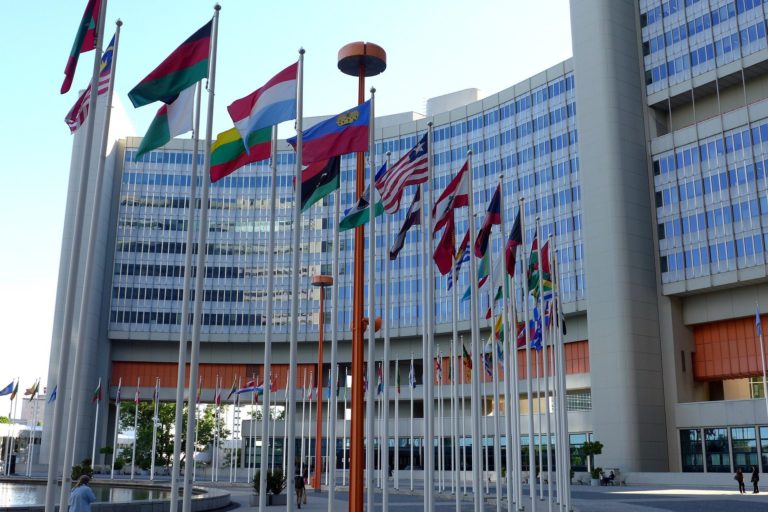

















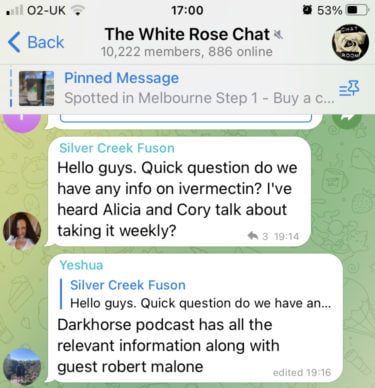


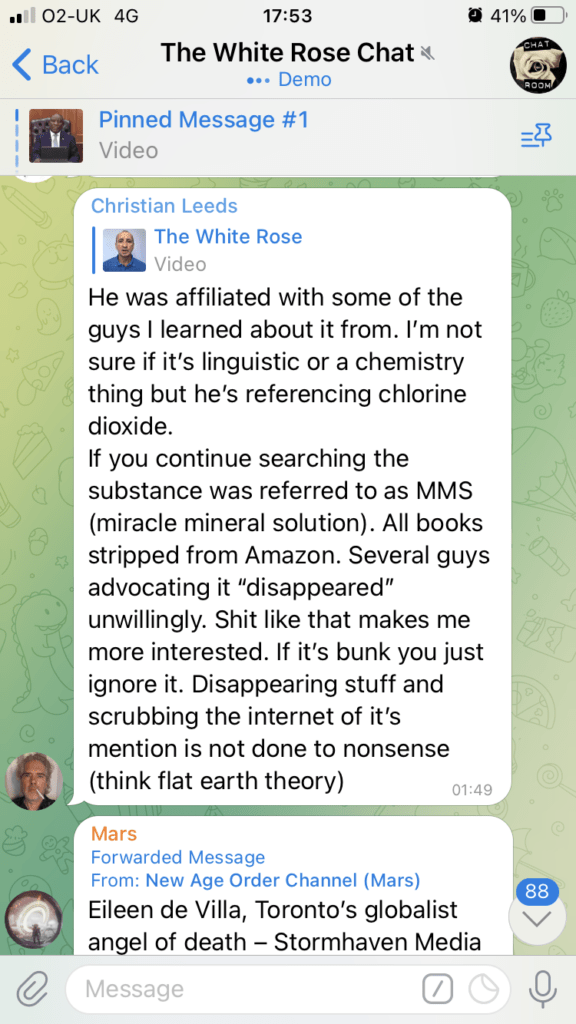




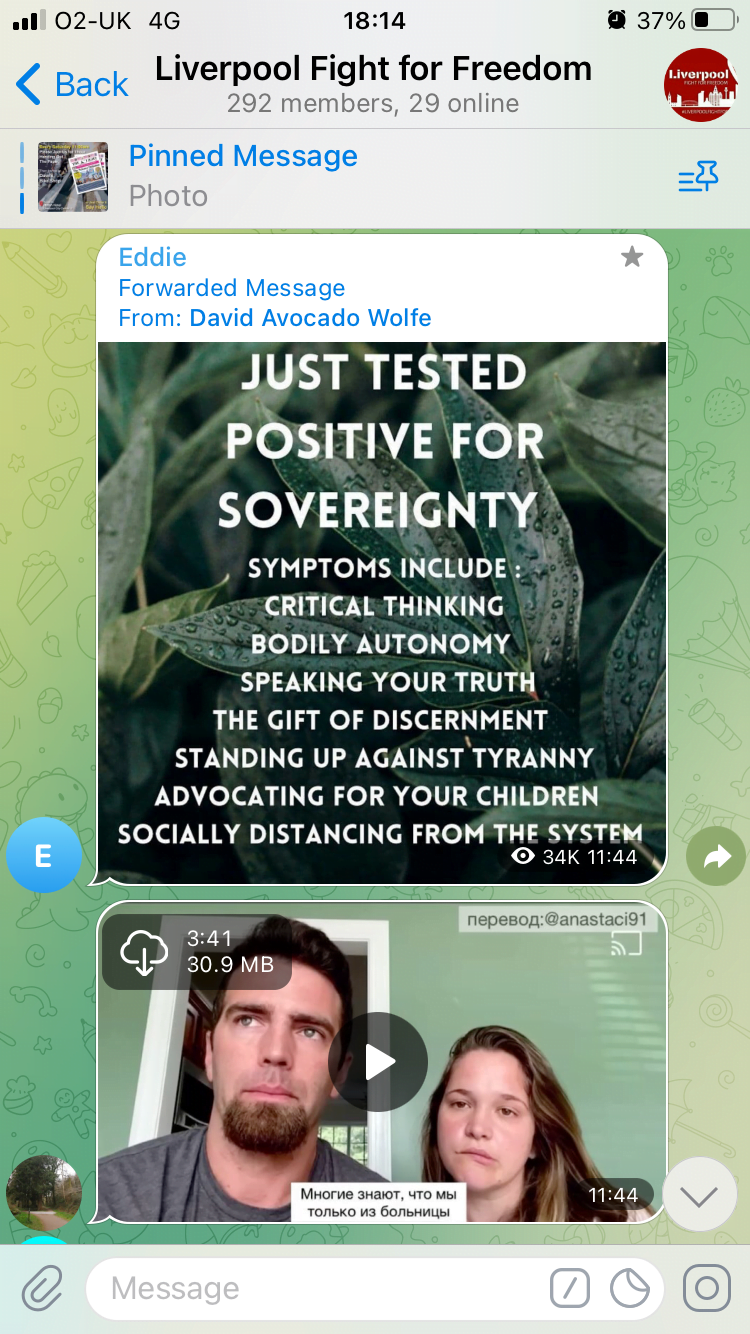




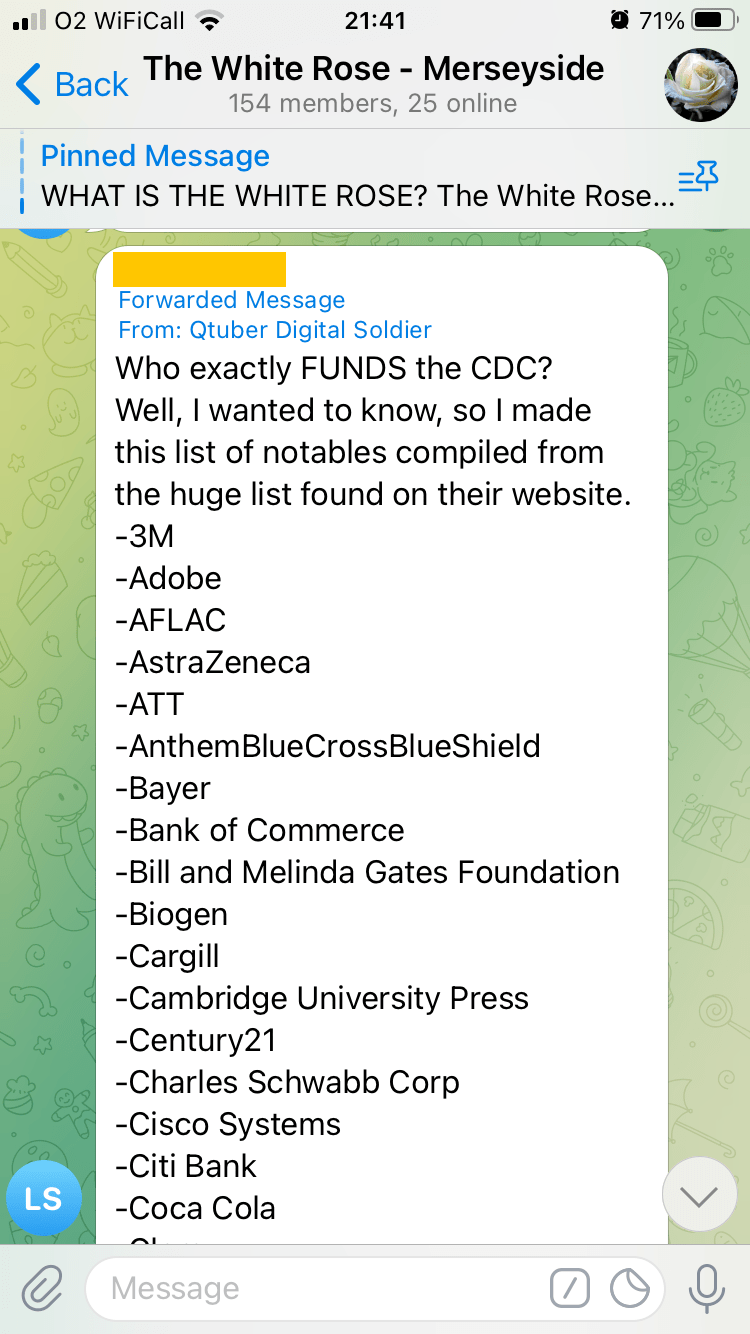
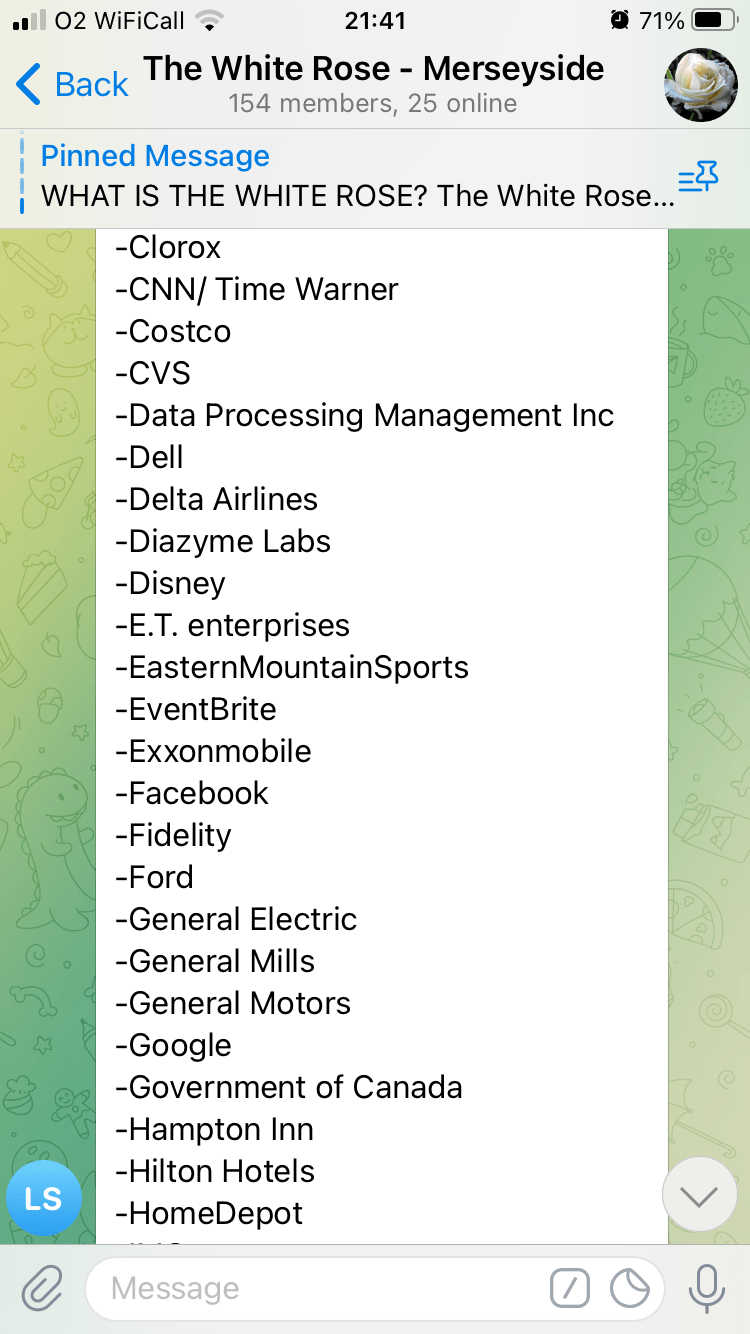
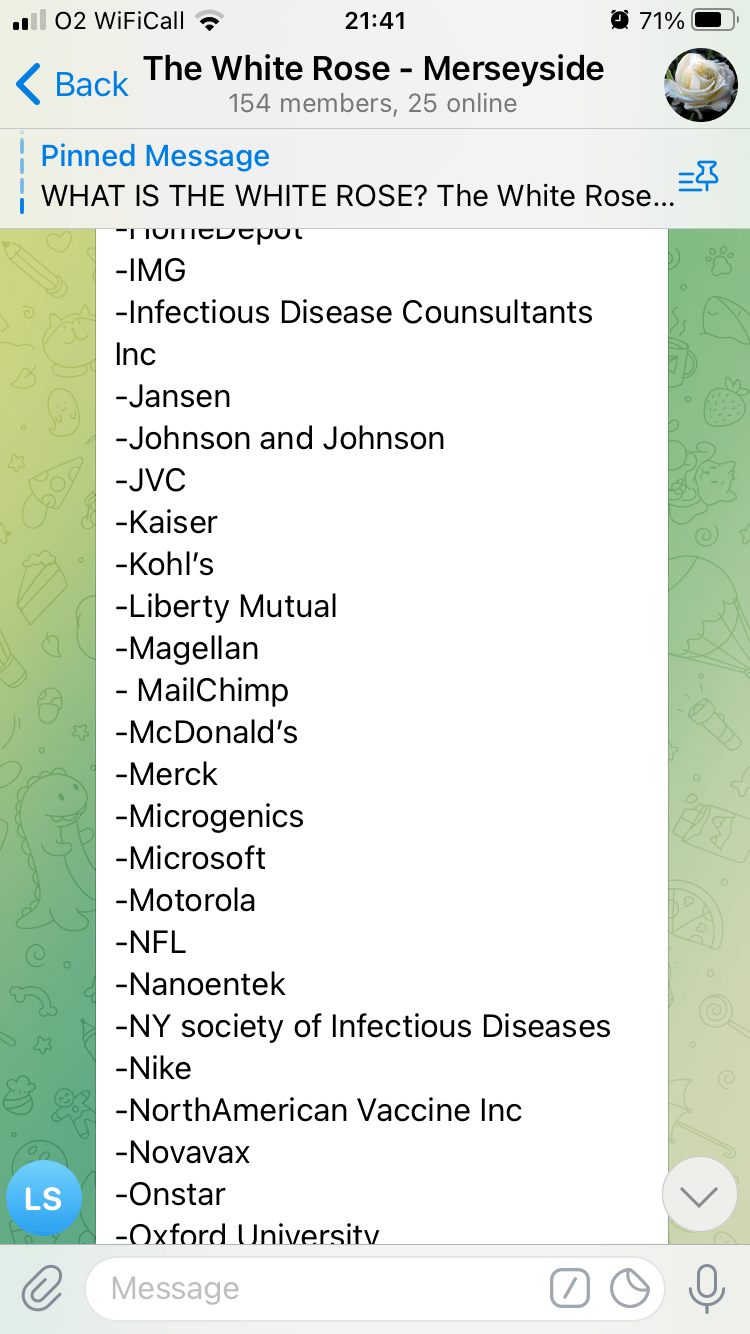

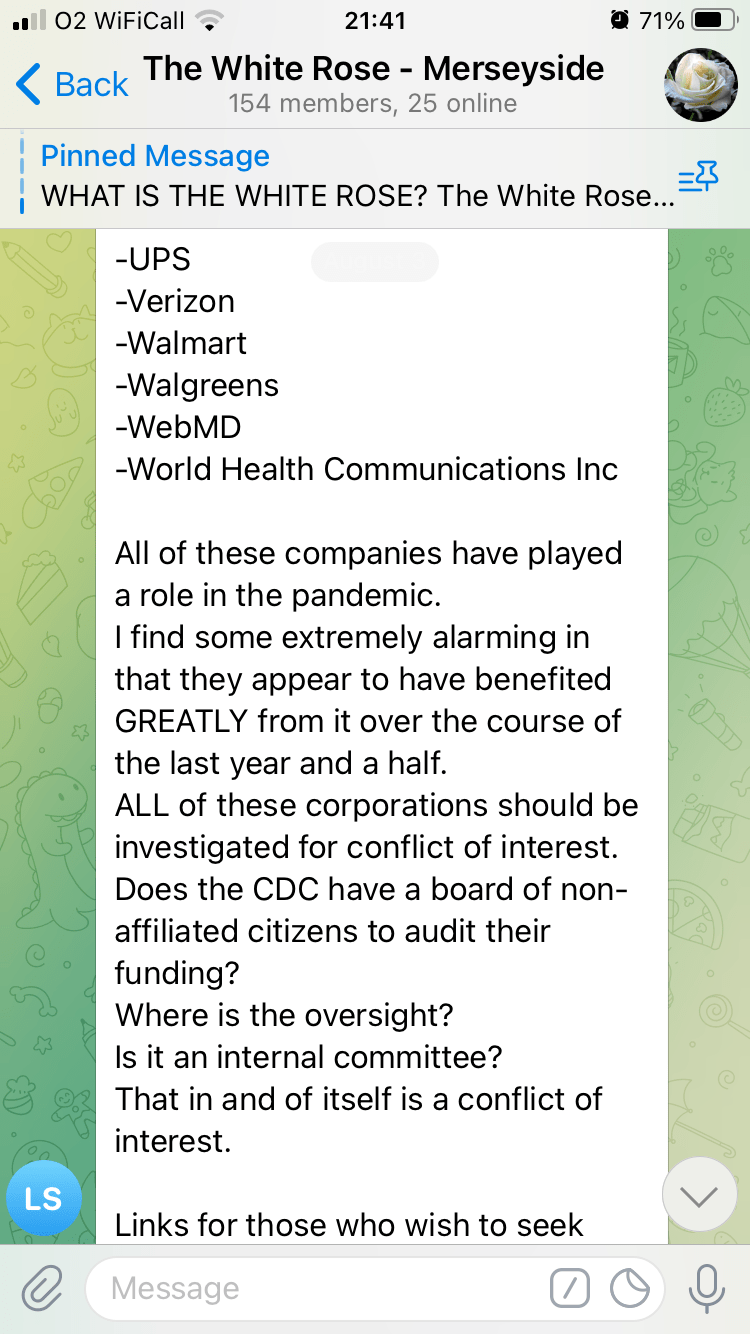
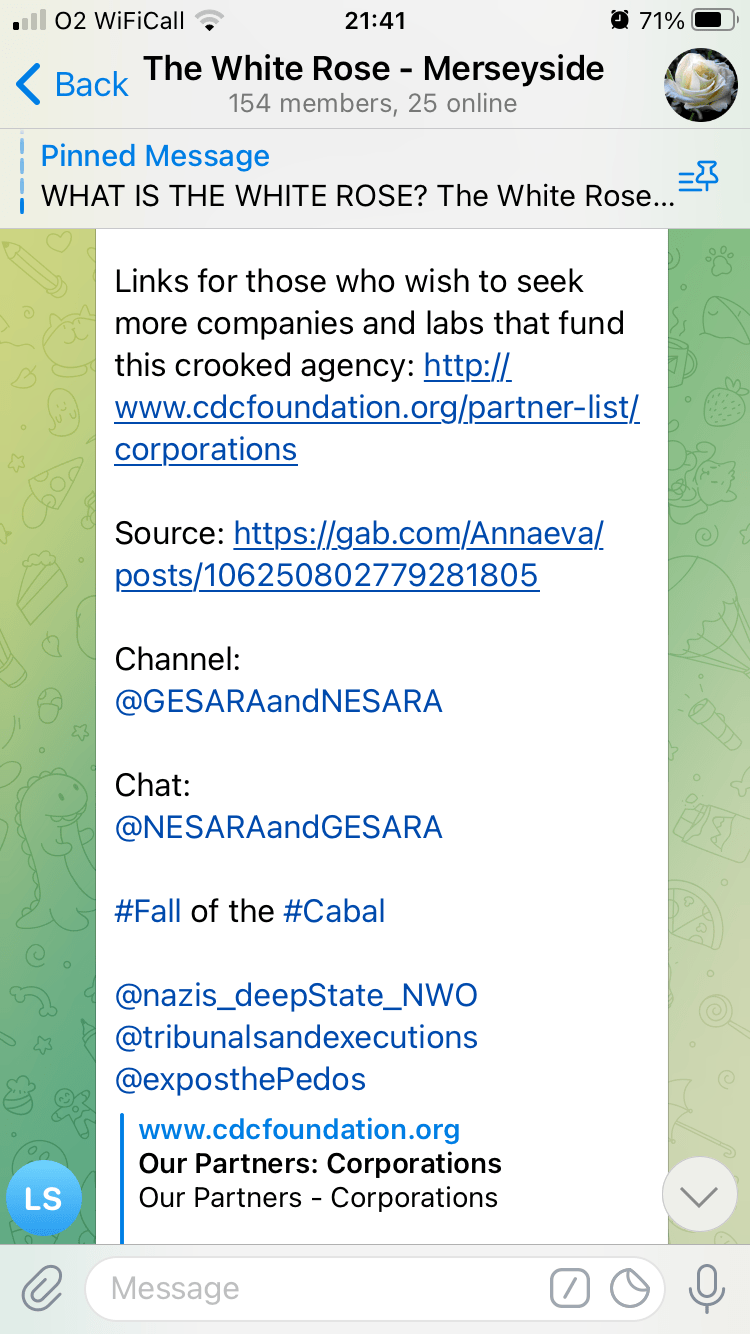
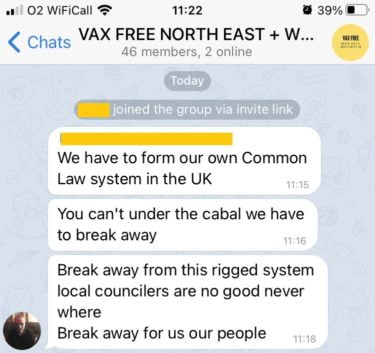
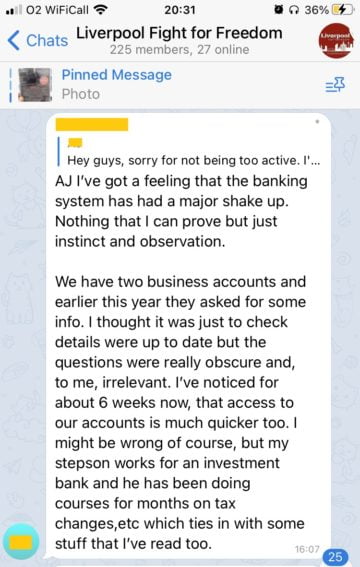
![A message in "The White Rose [Merseyside]" (93 members, 7 online). Message shows a video of a blonde lady, with the caption: "If you were so selfish and ignorant to take an experimental vax that manipulates your DNA we kindly ask that you stay away from people who refuse to take this poison. You're a walking, living bio weapon if you take this gene therapy."
The messaged tags and links to the channel "@CallingASpadeASpade"](https://www.skeptic.org.uk/wp-content/uploads/2021/08/calling-a-spade-1-319x567.jpg)

